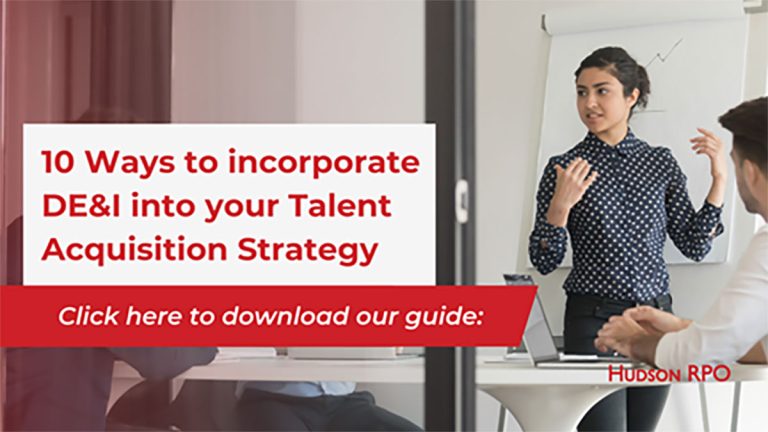- Blogs & Articles
How to overcome talent shortages in the Medical Device Industry
The rapidly evolving Medical Device Industry, spurred by developments in technology and the global pandemic, is facing an all-familiar challenge: a talent shortage. The pool of highly specialized talent to fill positions in the Medical Device industry has always been slim, but hiring managers are now finding themselves competing for talent from other industries too.
Plan development and succession to utilize niche medical expertise
Take for example the shortage of regulatory affairs specialists. Since the introduction of the EU MDR – a set of regulations for companies that want to sell their devices on the European market – US companies have had to rethink their approval and compliance procedures, causing a surge in the need for regulatory affairs and quality assurance experts.
Traditionally, many regulatory affairs specialists were recruited via competitors and persuaded with competitive salary packages. But now that more senior specialists approach retirement, the group of available graduates interested in a regulatory affairs career seems increasingly small. This presents a problem that stretches far beyond the medical device industry, as the Asia Pacific Economic Cooperation have linked the regulatory affairs shortage directly to obstructions in timely access of medical supplies to the market.
Only a handful of universities offer programs that train students directly for entry into regulatory affairs. Students in other relevant degree programs often progress into academic careers. Additionally, many advertised opportunities in regulatory affairs in the medical device industry are advertised as mid- to senior level, and in doing so miss the few skilled graduates that are available.
Learning and development programs are a worthy investment to attract and retain talent for the long haul. A graduate, through learning, development, and succession planning, could fill senior talent gaps later. With the help of an RPO partner, organizations can choose to partner strategically with universities to make graduate recruitment and succession planning a success
Rethink your benefits to compete for talent in the medical device industry
A common challenge in the race for talent in the medical device industry is location. Located in large metropolitan or ‘medical alley,’ recruiters often have to offer relocation packages that reflect the location. Other financial incentives like sign-on bonuses and stock options are common ways to entice talent to accept an offer.
Although competitive salary packages are a great way to win a candidate’s attention, it might not be what brings them in anymore. Across all industries, organizations have had to rethink their wellbeing offerings, work-from-anywhere policies, and other benefits.
Job fulfilment is a key differentiator between the medical device industry and other, non-medical industries. The medical industry can offer candidates benefits that include working on innovative technologies, cooperation with renowned scientists, and driving positive change in health care and health care outcomes.
Benefits like these are best communicated in a strong EVP (Employer Value Proposition). A compelling EVP alongside the expert recruitment strategies an RPO can offer, positions your organization as an employer of choice in the market. Hudson RPO has partnered with industry leaders in medical device, health care and life science industries. Together, we have reduced time to fill by more than 40%, and saved millions of dollars in agency spend. Find more information on our expertise in medical devices here or get in touch for a chat with a talent expert.
Sources:
Medtechintelligence, Growth in Medical Devices Spurs Recruitment Challenges, accessed May 2022
Eastridge, 5 Ways to Overcome the MedTech Talent Shortage, accessed May 2022
Research Features, Talent shortage in regulatory affairs is cause for concern, accessed May 2022
Michael Page, The Growing Need for Regulatory Talent in the Medical Device Industry, accessed May 2022

Hudson RPO
Content Team
The Hudson RPO Content Team is made up of experts within the Talent Acquisition industry across the Americas, EMEA and APAC regions. They provide educational and critical business insights in the form of research reports, articles, news, videos, podcasts, and more. The team ensures high-quality content that helps all readers make talent decisions with confidence.
Sign up to receive the latest recruitment insights and Hudson RPO news.










